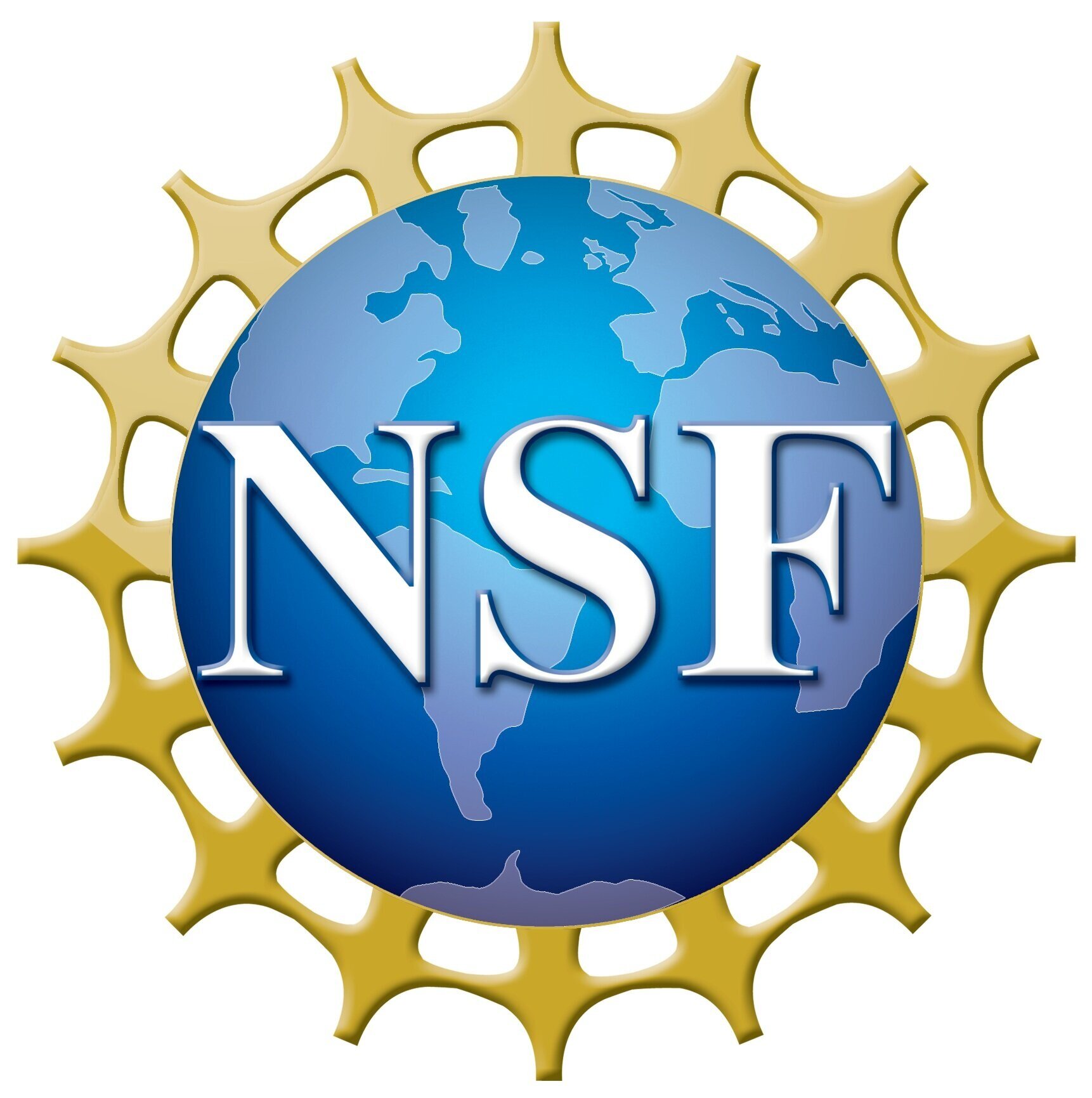Invited guest speaker: Dr. F. Kenneth Hopkins, Principal Electronics Engineer for the Air Force Research Laboratory (AFRL)
The mid-infrared spectral region, extending from a wavelength of 3 to 5 μm, has been extensively used by the military since the 1950’s, but it also offers a number of non-military laser applications such as differential absorption lidar systems for helicopter-based petroleum exploration and pipeline monitoring. In addition, laser system requirements on an aircraft are the same as those preferred for commercial products such as lasers purchased for use in medical offices. These include a system that is generally benign for workers with long times between refueling or maintenance events, relatively compact in size and weight, efficient to reduce cooling and power requirements, and able to withstand abuse such as from mechanical shock and vibration. Higher power mid-IR laser radiation is required for many applications.
In the talk, the various approaches for constructing mid-IR lasers will be described along with their advantages and limitations, and these will be compared with regard to their ability to scale-up average output power. The discussion will include a review of the published state-of-the-art, and a description of the basic physics that presently limit each approach. There are several areas of specific interest. First, the chalcopyrite semiconductor, CdSiP2, a nonlinear optical (NLO) crystal for shifting laser power from shorter-wavelengths into the mid-IR, was identified by this author as the most promising NLO crystal for scale-up, but it is presently limited by various crystal defects that we are characterizing and developing techniques to control. Second, new materials are emerging for semiconductor laser diodes that offer high-risk/high-payoff rewards, along with new approaches for coherent combining of quantum cascade lasers. In addition, Fe:ZnSe, a material that we investigated many years ago, continues to be of interest to this author as development progresses slowly but steadily worldwide.
Bio:
F. Kenneth Hopkins is a Principal Electronics Engineer for the Air Force Research Laboratory (AFRL) where he has investigated and developed photonic materials during the past 30 years. Concurrently, he is an Adjunct Professor at the Air Force Institute of Technology. Prior to AFRL, Dr. Hopkins taught in universities and worked in industry including serving as a principal officer in a new photonics start-up company that successfully went public. He is a Fellow of the International Society for Optics and Photonics (SPIE), and a member of IEEE and AOC. His successful past efforts have directly led to the fielding of airborne systems and thus to various awards including the Meritorious Civilian Service Award, the Outstanding Engineers and Scientists Award from the Affiliate Societies Council of Dayton, Ohio, and the Federal Laboratory Consortium Award for Excellence in Technology Transfer. Dr. Hopkins has authored more than 125 publications and holds 3 patents. He earned both PhD and MS degrees in electrical engineer and a MS degree in physics, all from the University of Cincinnati. His BS degree in physics and mathematics was from Northern Kentucky University.




